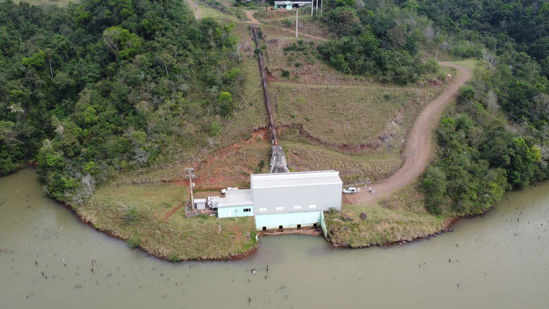Industry
- Hydro
Continent
- Latin America & the Caribbean
Country
- Brazil
Sustainable Development Co-Benefits
Social
- Education
- Jobs
- Welfare
| 8/10/2021 |  | 1 t |
| 1/30/2021 |  | 113 t |
| 1/13/2021 |  | 10 t |
| 12/2/2020 |  | 5 t |
| 11/25/2020 |  | 14 t |
| View all 5 | ||
6465
SHPs Albano Machado and Rio dos Índios CDM Project (JUN1115)
5
The project activity consists in 2 renewable energy generation being: Albano Machado with 3.06 MW of installed power and Rio dos Índios with 8.10 MW of installed Power both Small Hydro Power Plants (SHP`s); located in Trindade do Sul and Nonoai cities in Rio Grande do Sul State, Brazil.





